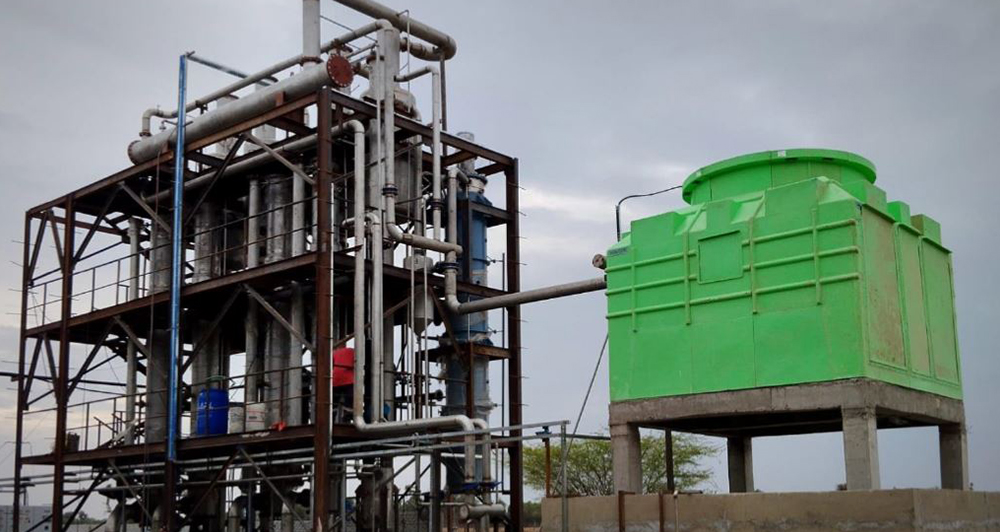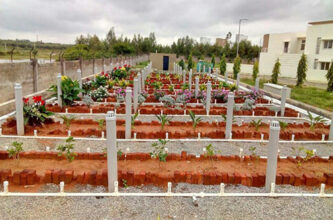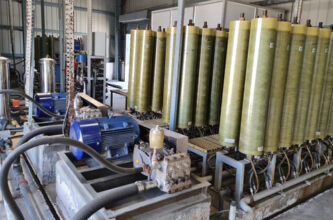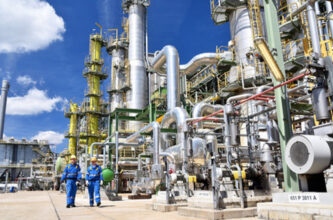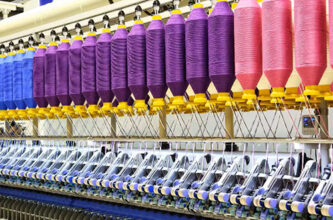Leachate Treatment (LT) – FAQ
1. What is leachate, and why is its treatment important?
Leachate is the liquid that percolates through solid waste in landfills, absorbing contaminants along the way. Proper treatment is crucial to prevent environmental pollution, as untreated leachate can contaminate groundwater and surface water sources.
2. What are the challenges associated with leachate treatment?
High Contaminant Load : Leachate often contains high concentrations of ammonia, heavy metals, and organic compounds.
Variable Composition : The composition of leachate can vary significantly depending on the age and type of waste in the landfill.
Regulatory Compliance : Meeting stringent environmental regulations requires effective and reliable treatment methods.
3. What is the role of RDRO in leachate treatment?
RDRO enhances contaminant removal efficiency, and minimize chemical usage, making it an effective solution for leachate treatment.
4. Is RDRO technology suitable for all types of leachate?
Yes, RDRO technology is versatile and can be applied to various types of leachate, with combination of pre treatment.
5. What are the environmental benefits of using RDRO for leachate treatment?
By effectively removing contaminants, RDRO technology helps protect groundwater and surface water quality, reduces the risk of soil contamination, and ensures compliance with environmental regulations.
6. What maintenance is required for RDRO systems?
RDRO systems require regular monitoring and maintenance, including periodic cleaning of membranes, inspection of components, and performance evaluations to ensure optimal operation.
7. How can I implement RDRO technology for leachate treatment at my facility?
To implement RDRO technology, consult with NIRTECH to assess your specific leachate characteristics and treatment requirements. We can design a customized solution, handle installation, and provide ongoing support to ensure effective leachate management.


